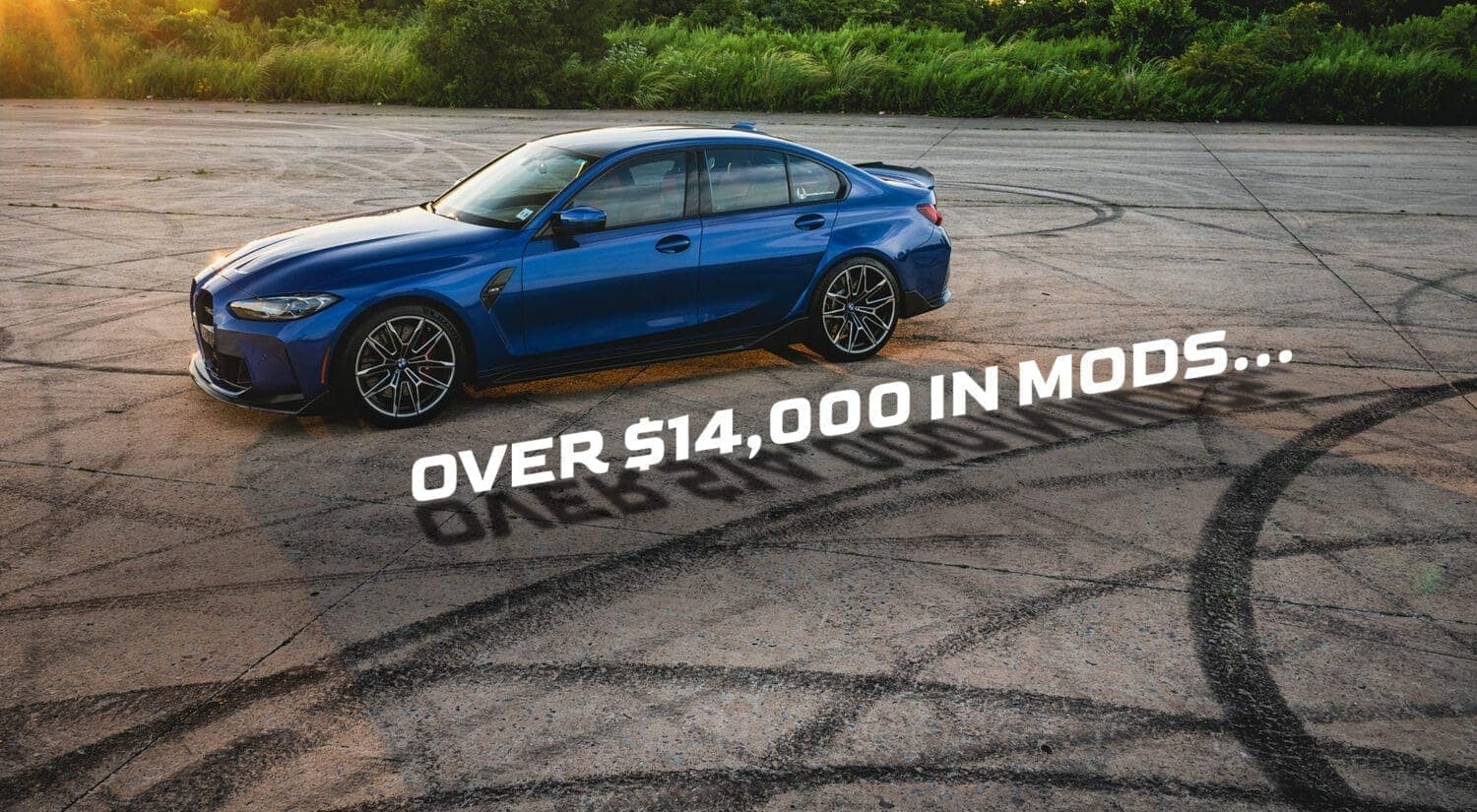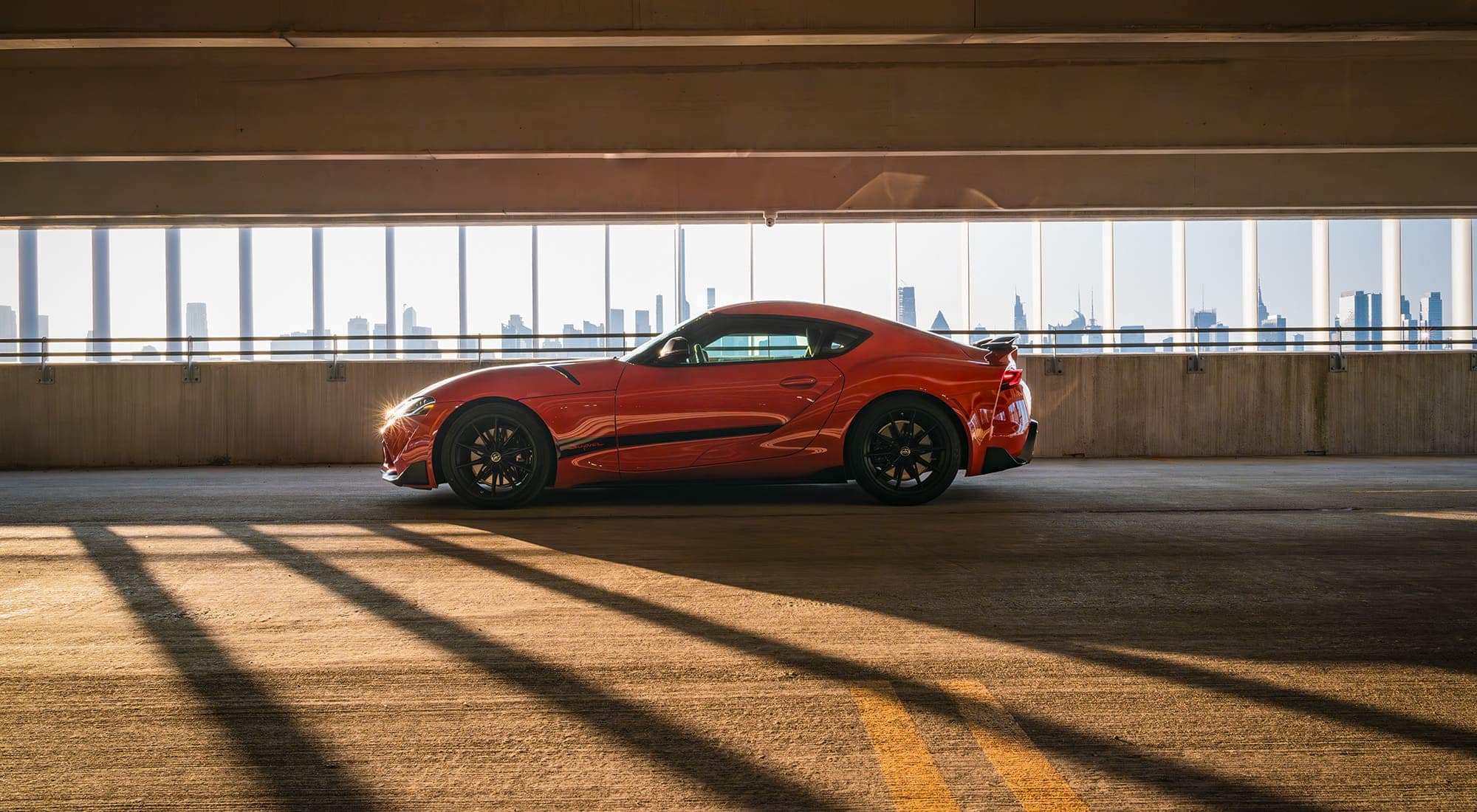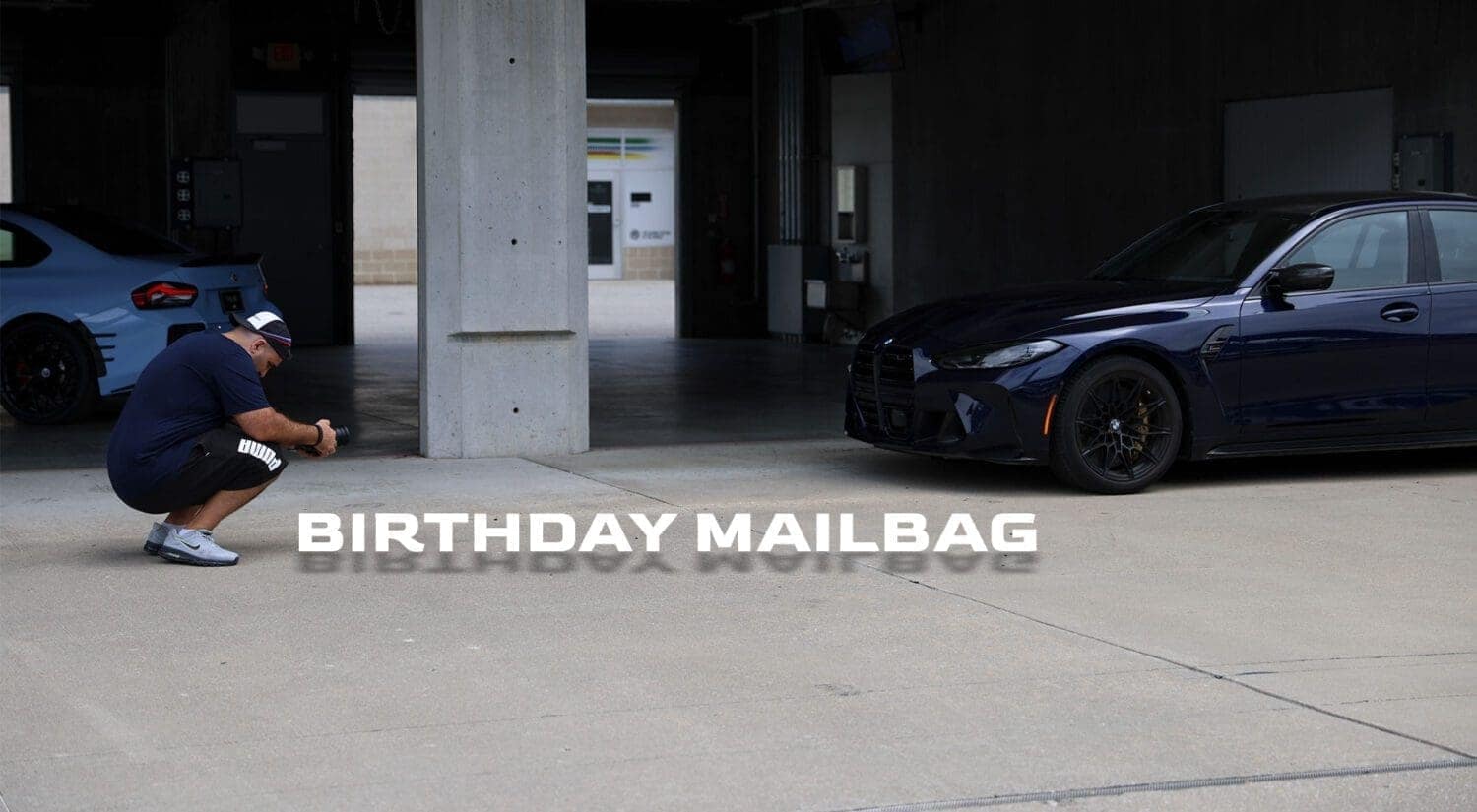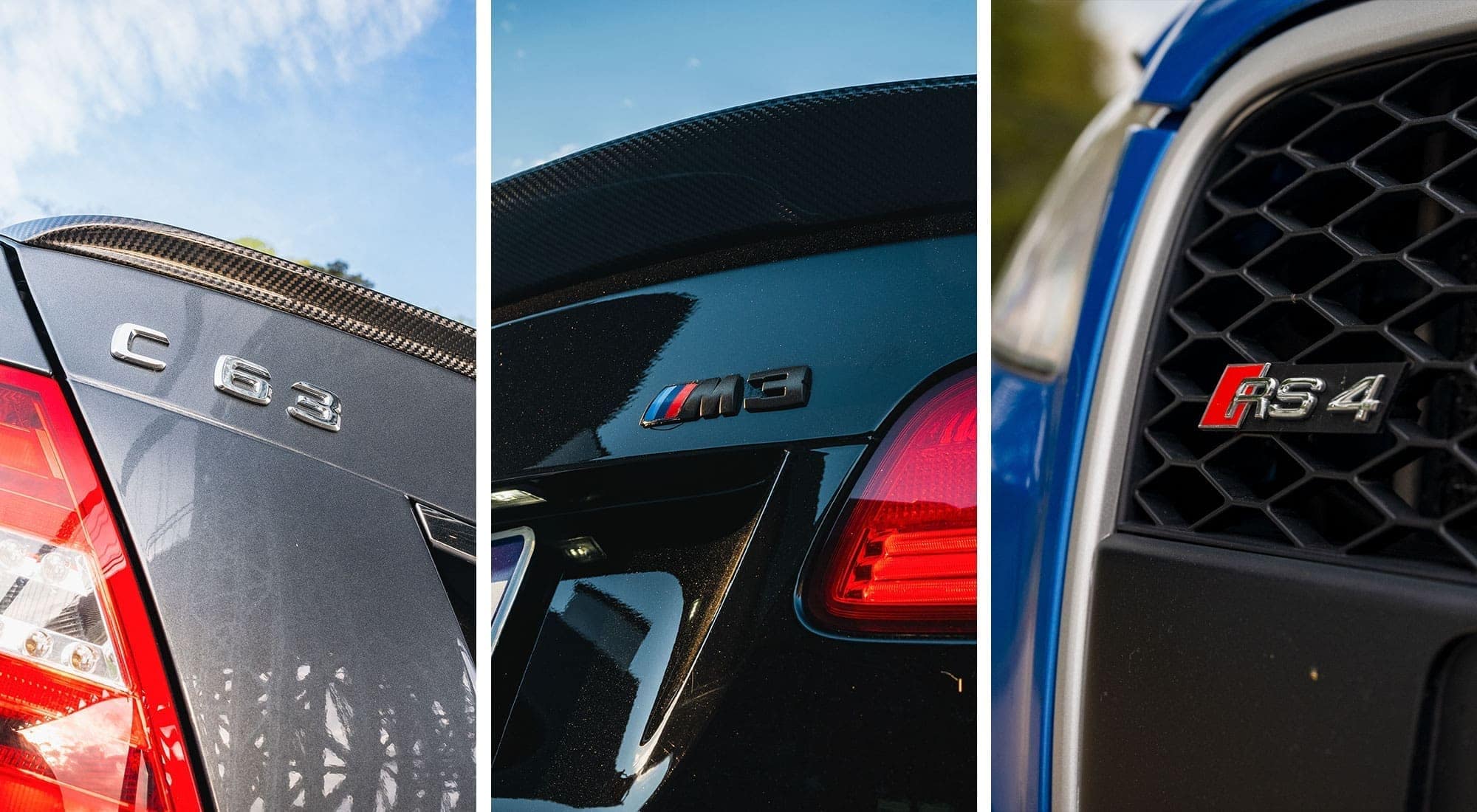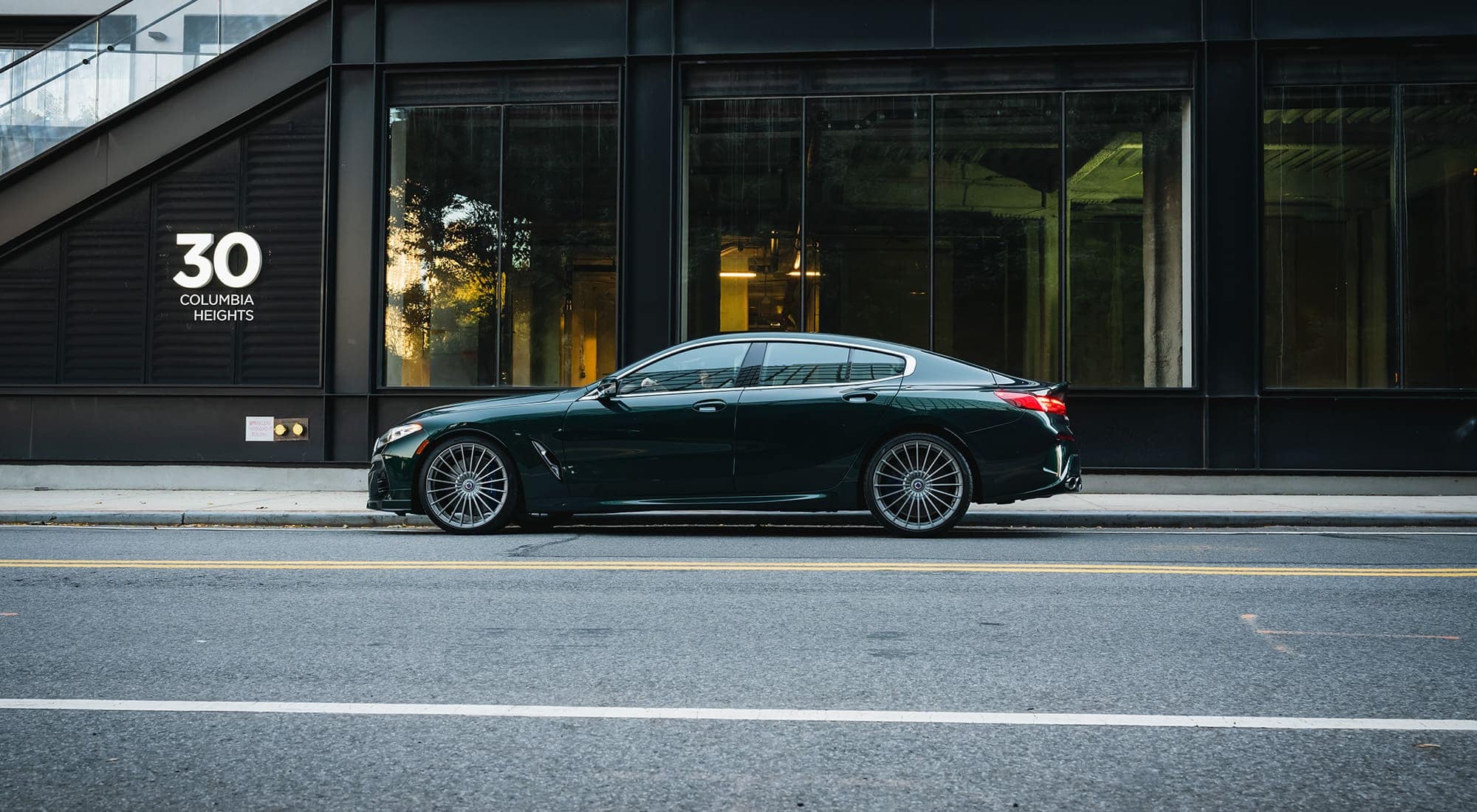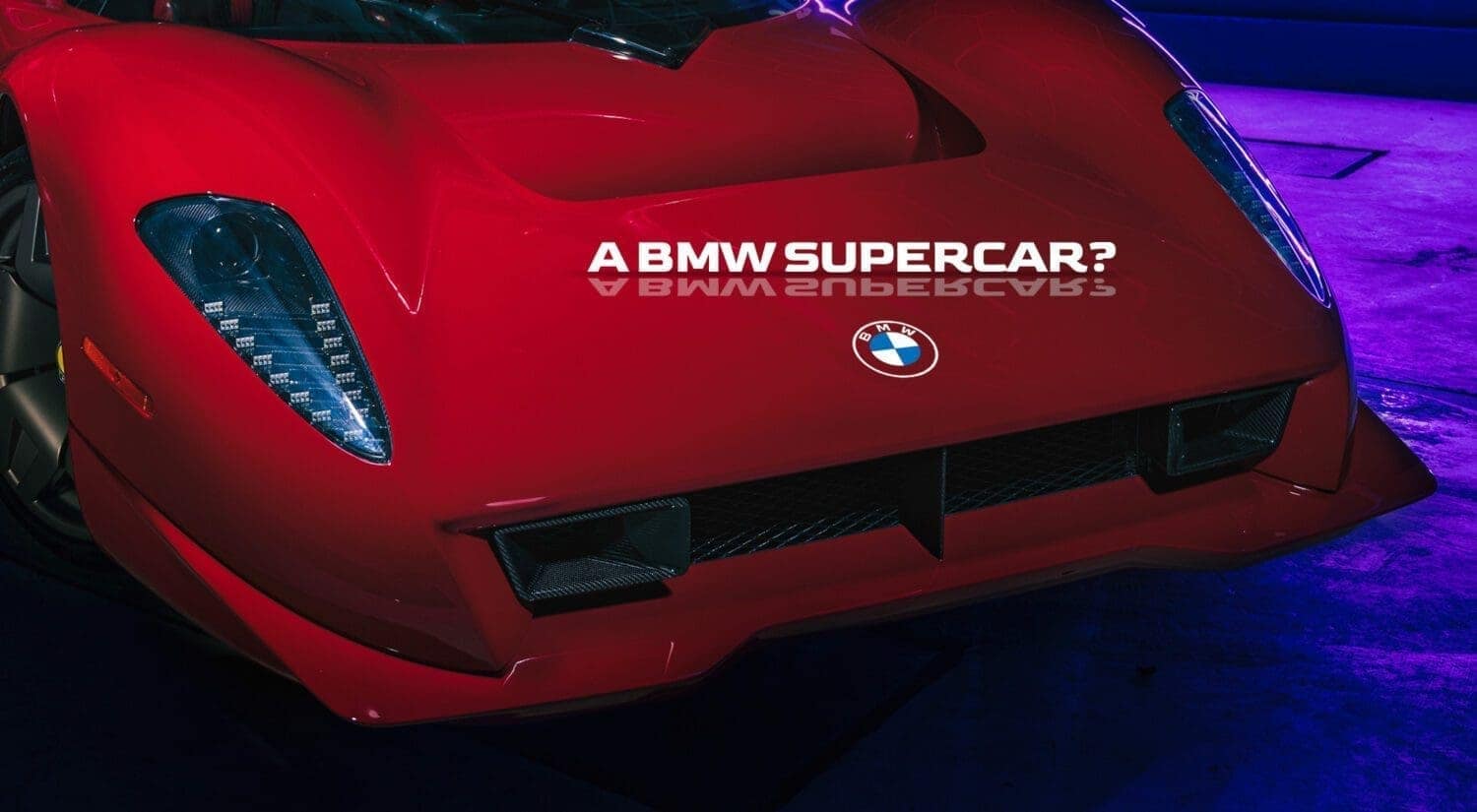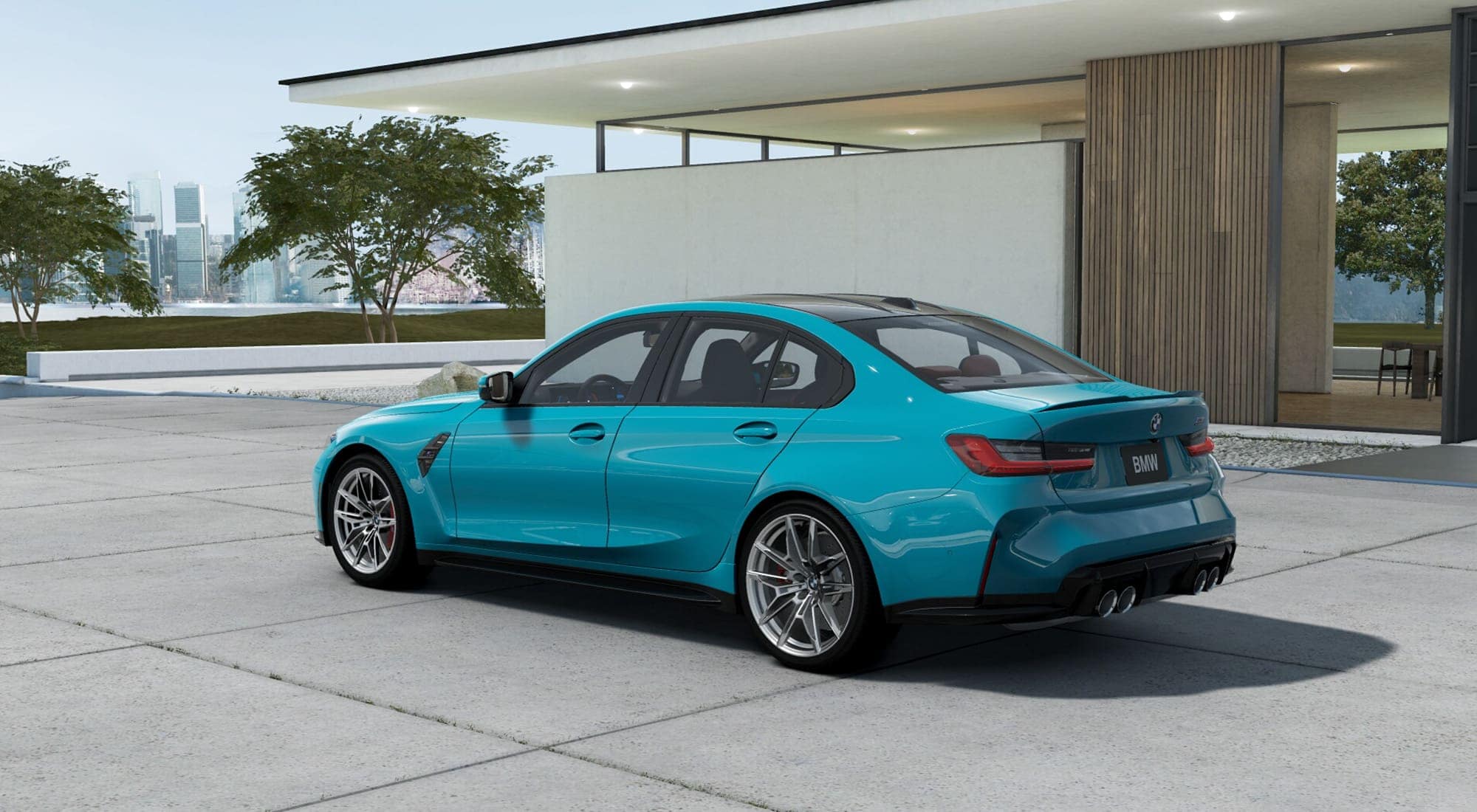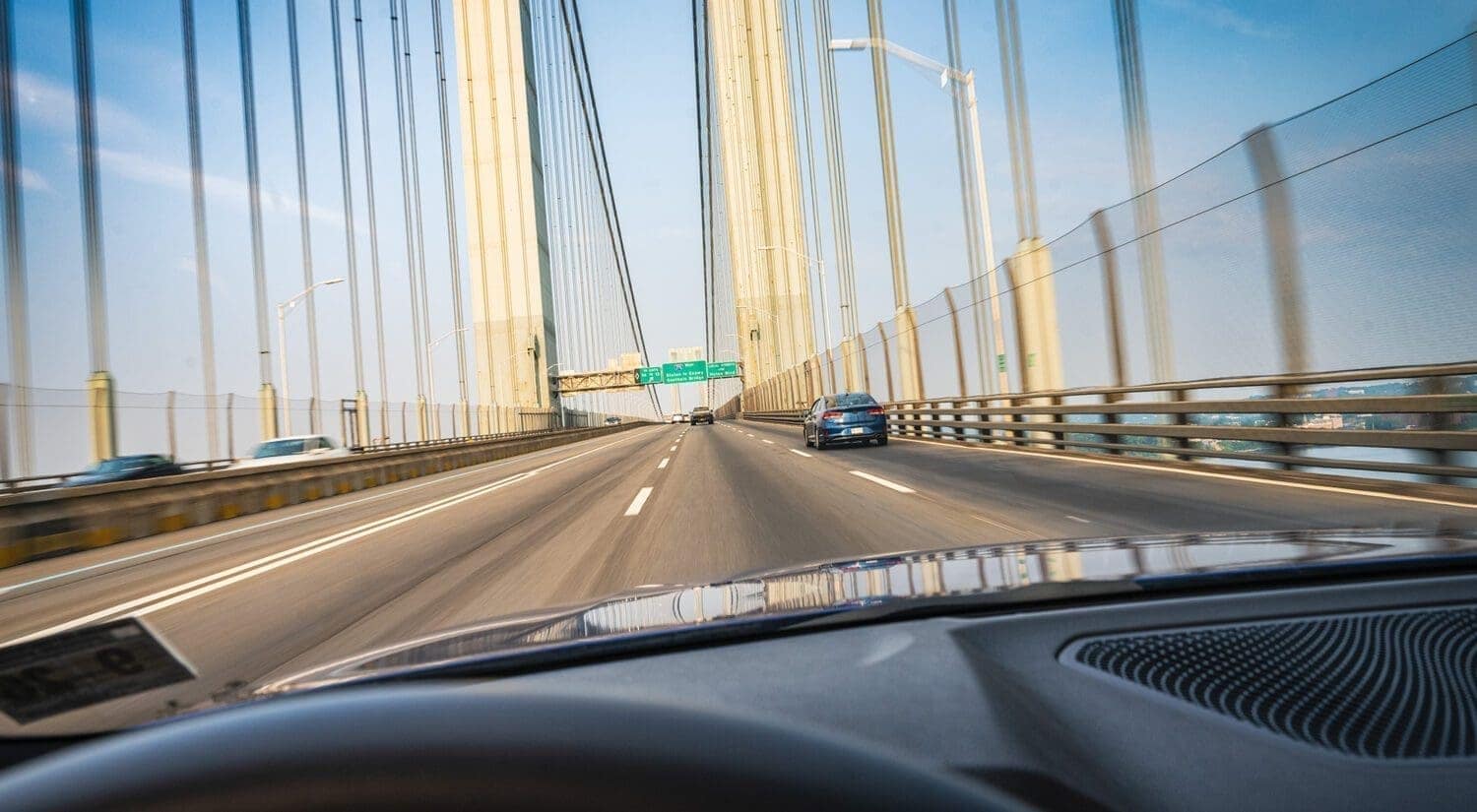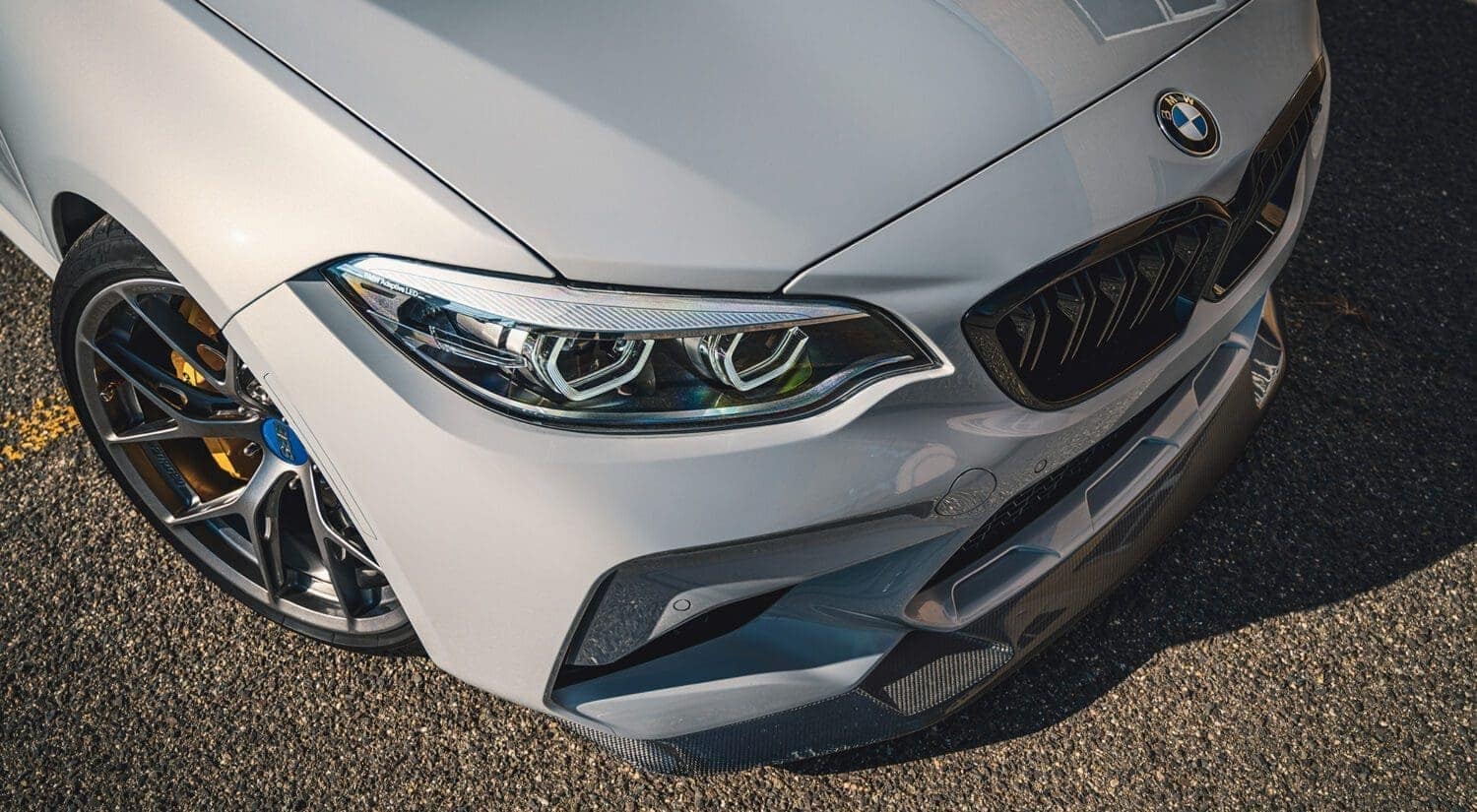This week, I may trigger you. The question is about Paint Protection Film (PPF). Do we really need it?
Email me your questions!
Question
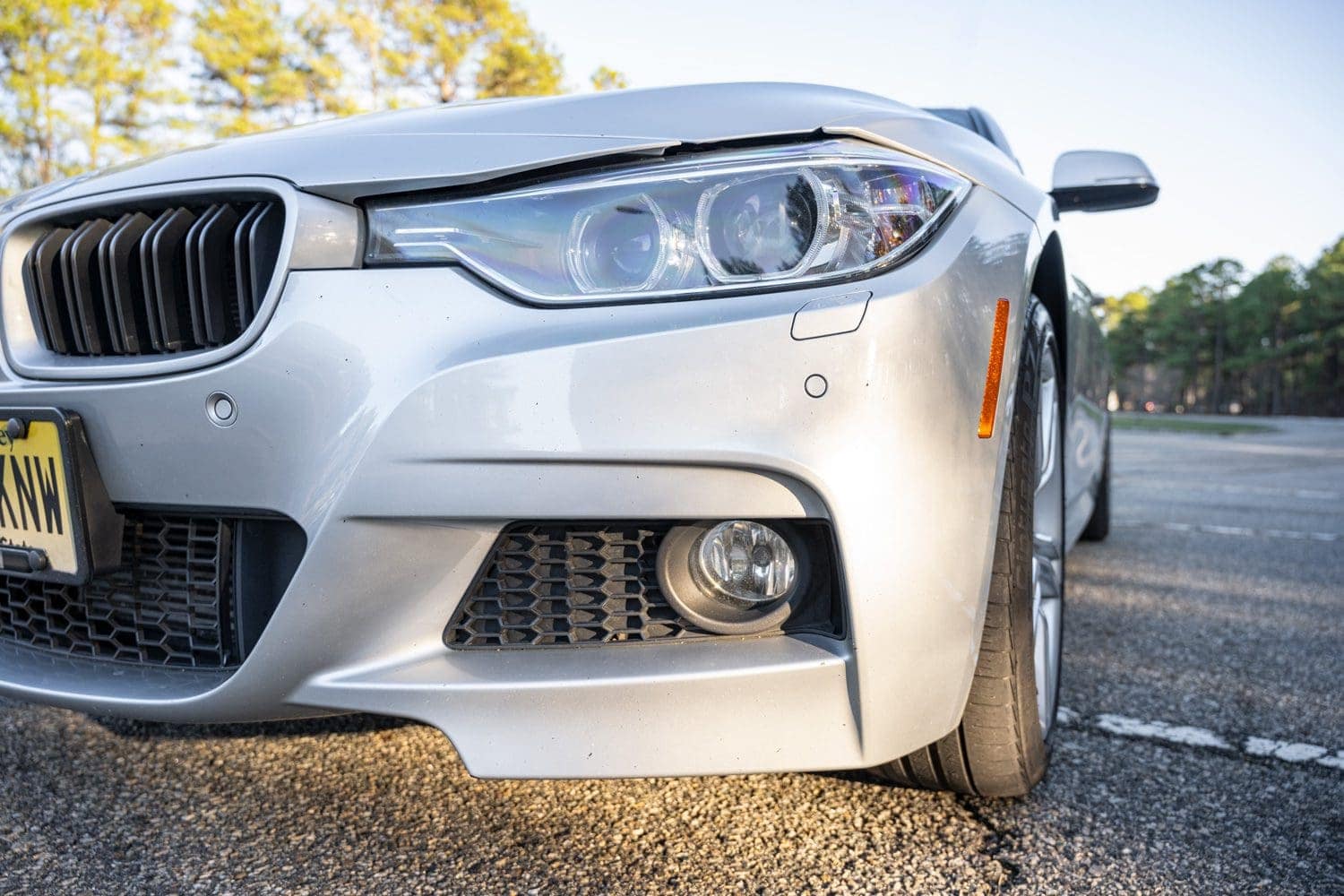
I just bought an 2019 M5 in black sapphire metallic. This is not my daily driver. I know I need to do paint correction and ceramic coating, but I’m on the fence with the PPF. I have PPF on our other cars but they were done a number of years ago and the cost didn’t seem that out of line. I’m pretty surprised how expensive PPF is today and I’m only considering the front bumper and partial hood.
Does your recommendation change if you’re talking about a black car? I plan to keep this one for a very long time.
– Rick
Answer
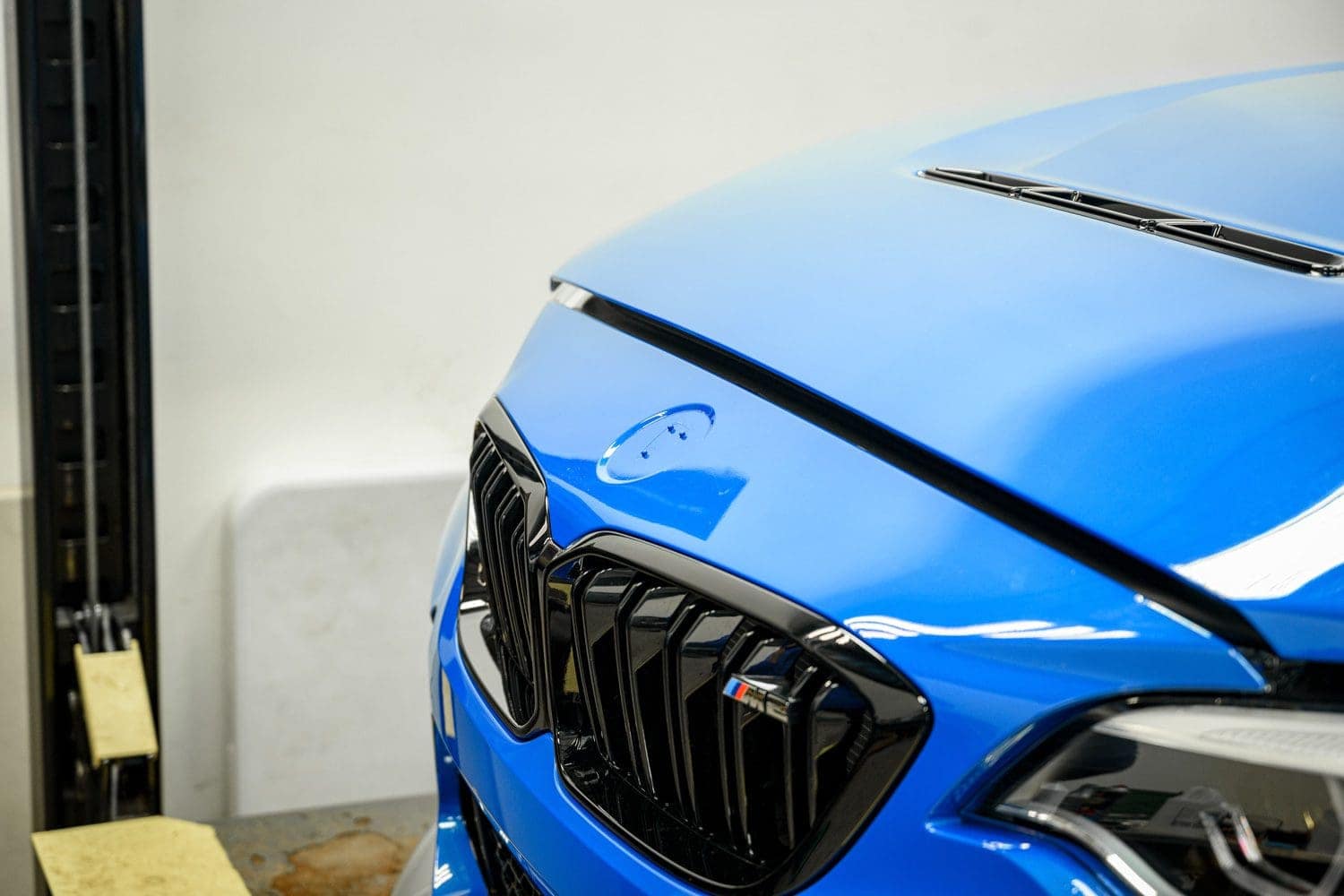
I’ve already sort of answered this question. But let’s approach it from a cost perspective this time.
Each Sunday morning, I get an email from Cars & Bids on what sold for what price the prior week, and Rick’s email came in at the same time.
Here’s a G80 that caught my eye. It sold for $70,196. The seller notes the car has “$4K in tint, PPF and ceramic coating”. The images seem to make it look like a “track pack” or PPF on the impact areas of the car such as the nose, mirrors and A pillars. So call it $3,000 for this PPF install.
Paint Protection Film is expensive
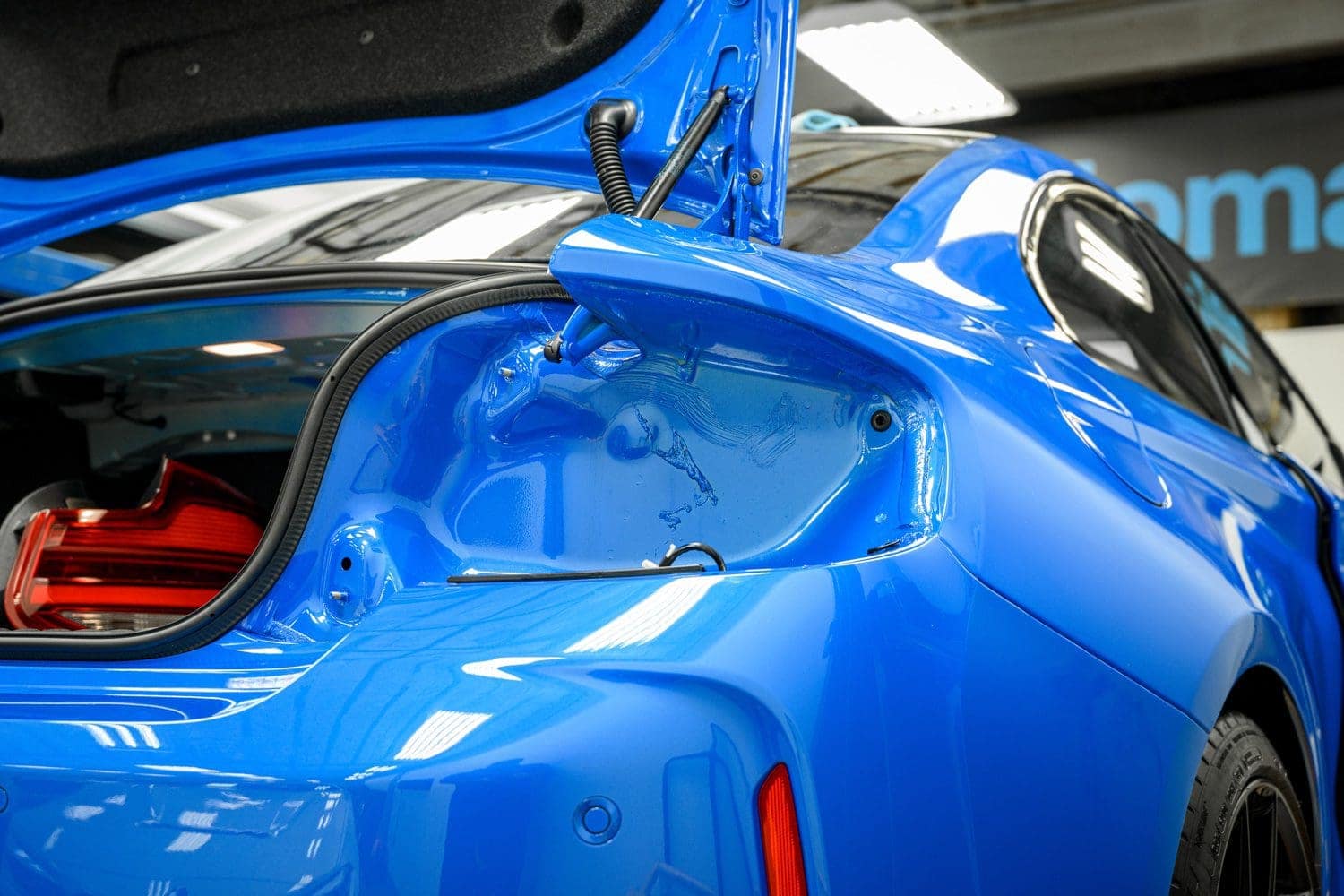
I’ve been quoted over $5,000 to PPF my entire car, which I feel is the correct way to do it so you don’t have any seams. It’s a labor-intensive job, so I am not questioning the price for an installation. A track pack is around $3,000, which seems to jibe with that purple G80.
With all this information, we can now take a look at that selling price. I know the wheels are 18s, and the red trim is tacky, but it has just under 5,000 miles on it and it is an Individual color. It’s hard to find a direct comparison, but here’s another stick that sold for $78,000, again with Paint Protection Film applied. Thank the CCBs and wheels for the price disparity.
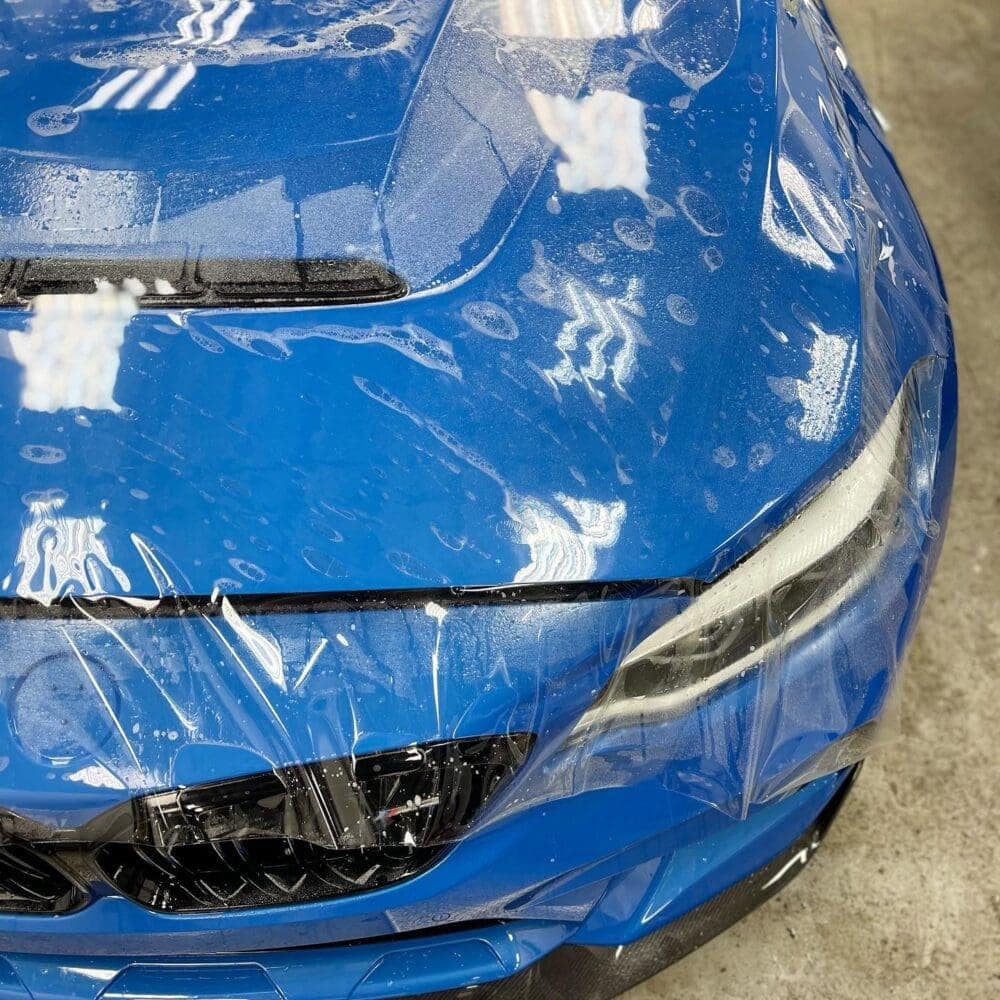
PPF is never going to add value on its own
Here’s another manual without any PPF, listed for $74,990. Now this one has had four owners and they spelled Brooklyn Gray (sic) wrong, but they don’t list any film applied, usually an additional selling point. Even if it does have PPF, it’s not listed, and they aren’t going to discount the car $5,000 for you. (Deep breath), and even if they did discount it that much, that’s still $70,000, for an M3 with more mileage on it than the purple one.
I could point out a dozen more examples like this.
There is none, zero, nil financial benefit to installing Paint Protection Film on these cars.
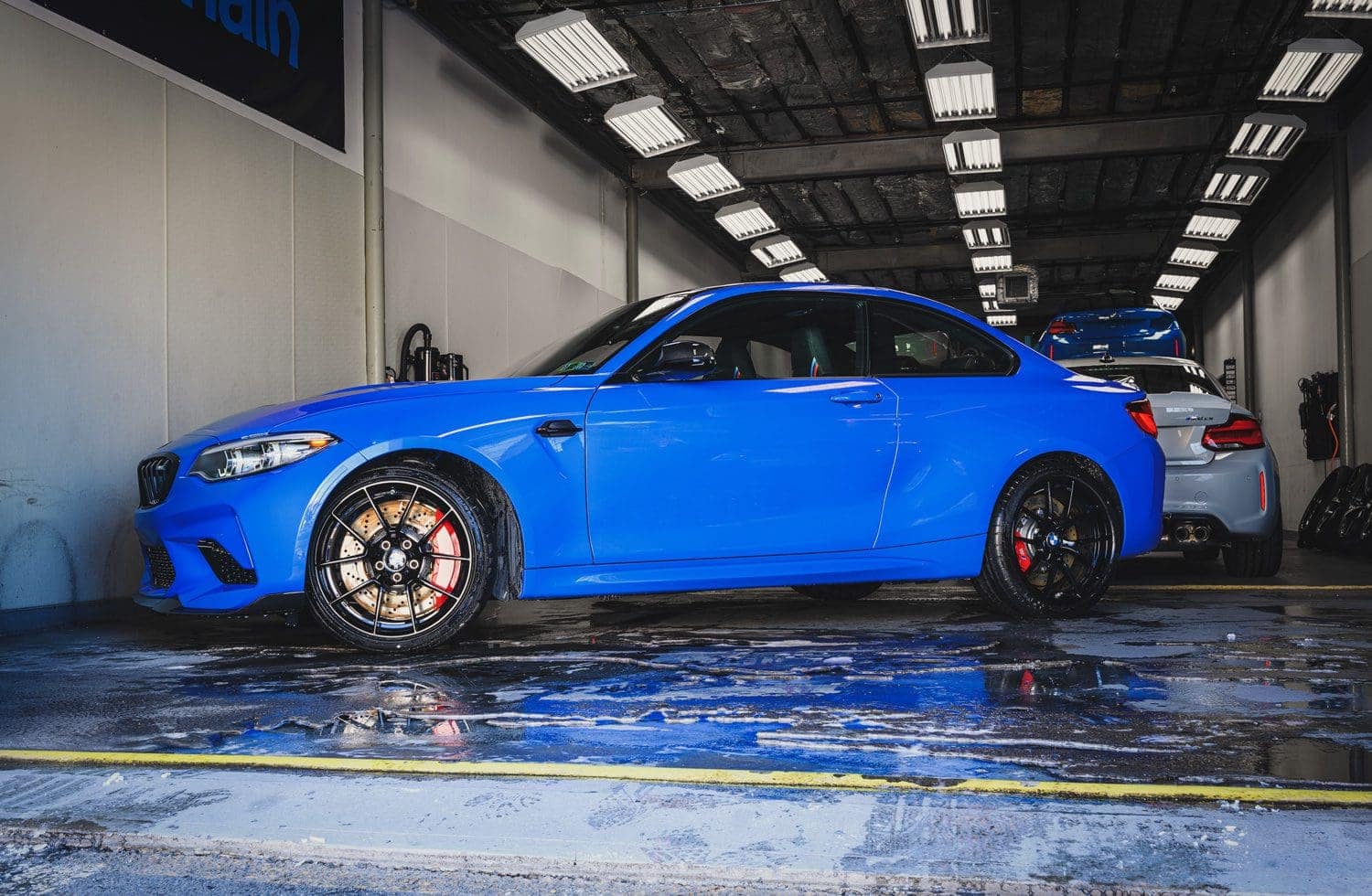
What about rock chips?
As sure as the sun rises, rock chips will come for your M5 Rick. I have a few on my car. Ironically, I feel as if they mostly come from Sunday morning drives with all of you – being stuck behind an M car with sticky tires tends to kick up a lot of stuff.
They are a nuisance, and it’s the entire point of applying Paint Protection Film. But what happens when a rock does hit PPF?
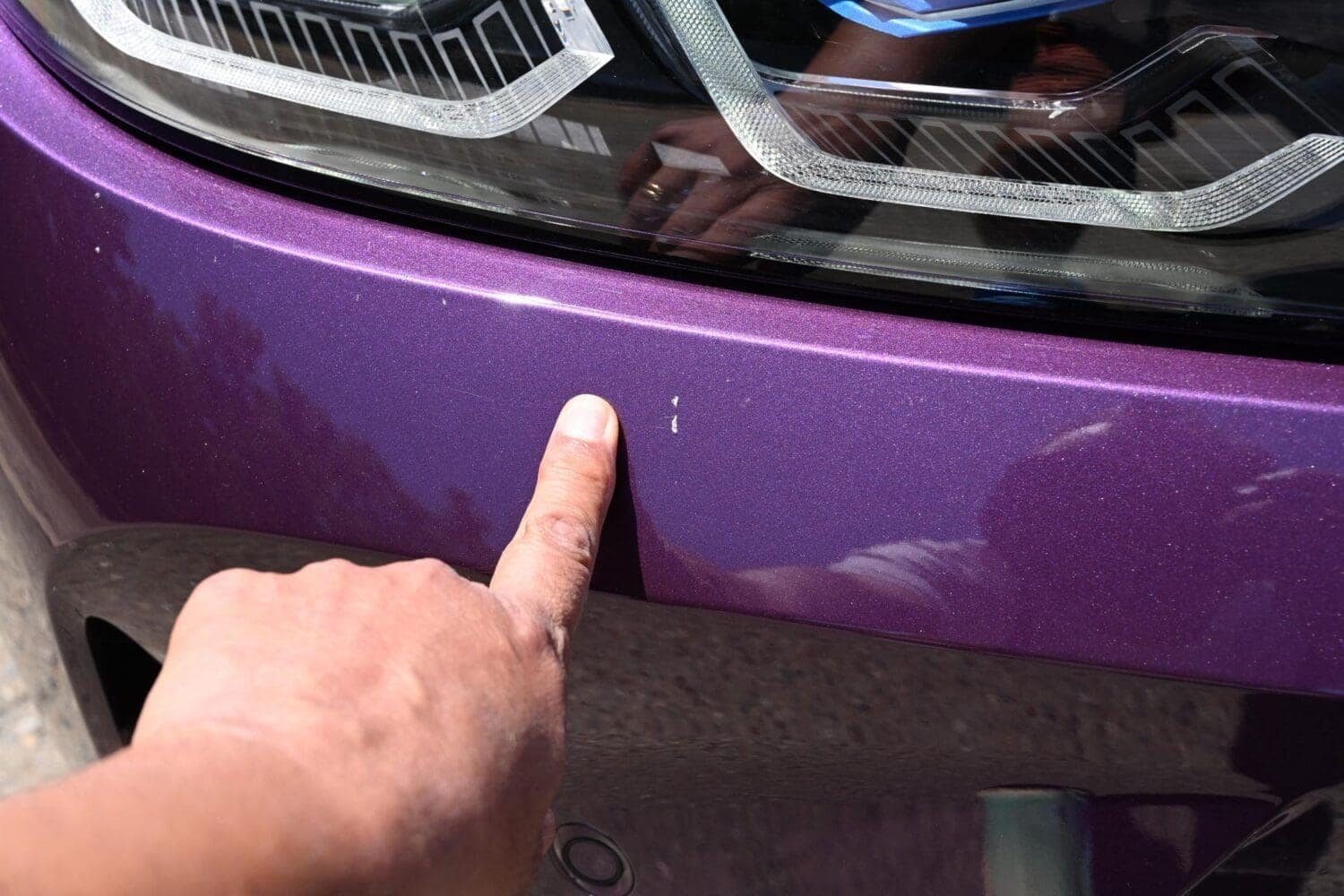
You get a mark that looks like a rock chip. This panel will have to be redone, adding more expense.
Meet me at the body shop
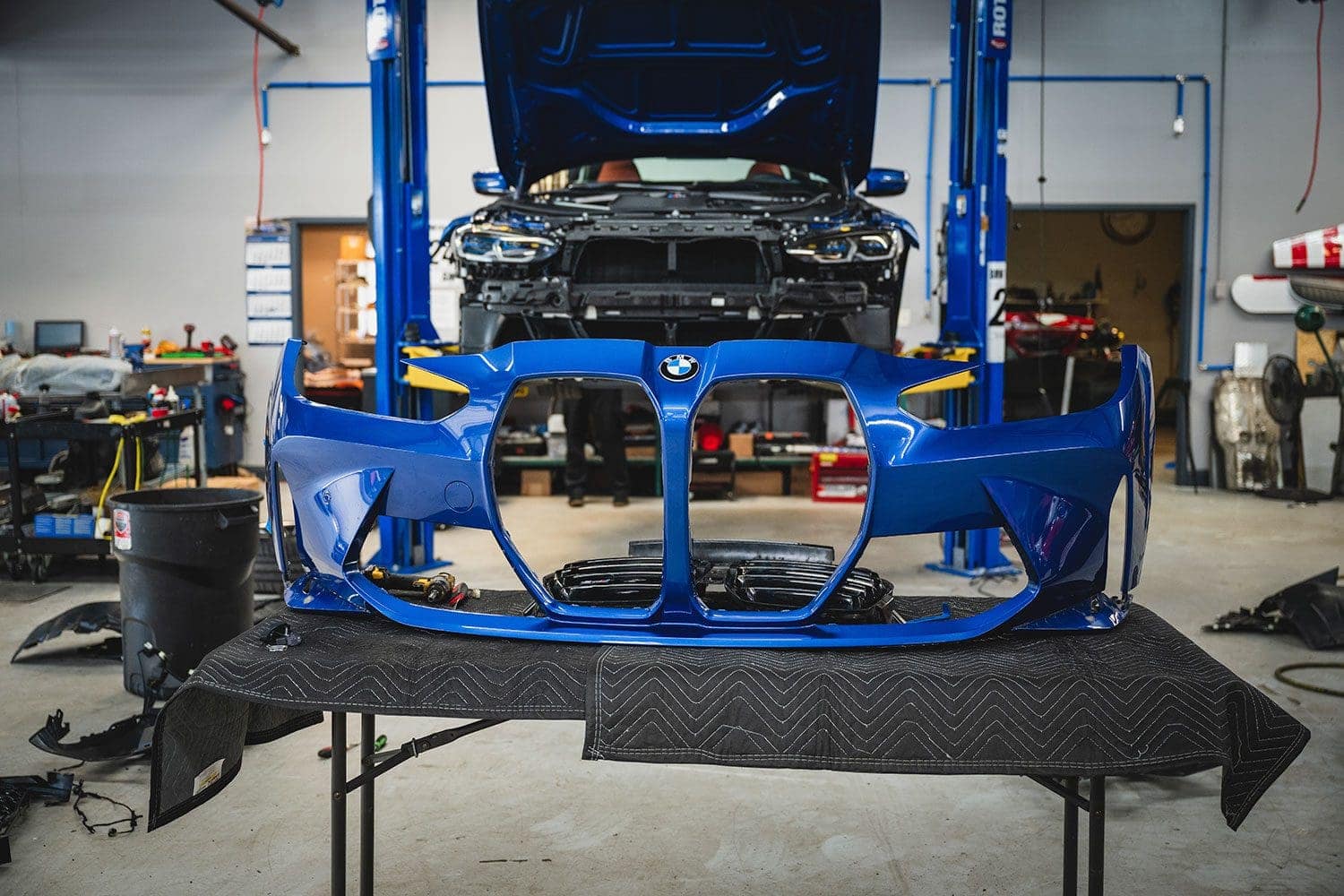
I’ve been going to the same one for years, so I trust them. As part of my research, I asked how much they would charge to respray my bumper and blend the hood. $650 was the response.
Blending means that they “blend” the current color of your car, which fades from the elements over time, so it’s a seamless look. It doesn’t take a genius to see how many resprays it would take to catch up to the cost of a PPF application.
While non-original paint might turn some buyers off, the reality is that a modern body shop can deliver a finish with more depth than the factory. Of course, this logic changes for a rare Ferrari F40, but for a mass-produced M car, a high-quality repaint won’t impact its resale value.
Are black cars more susceptible?
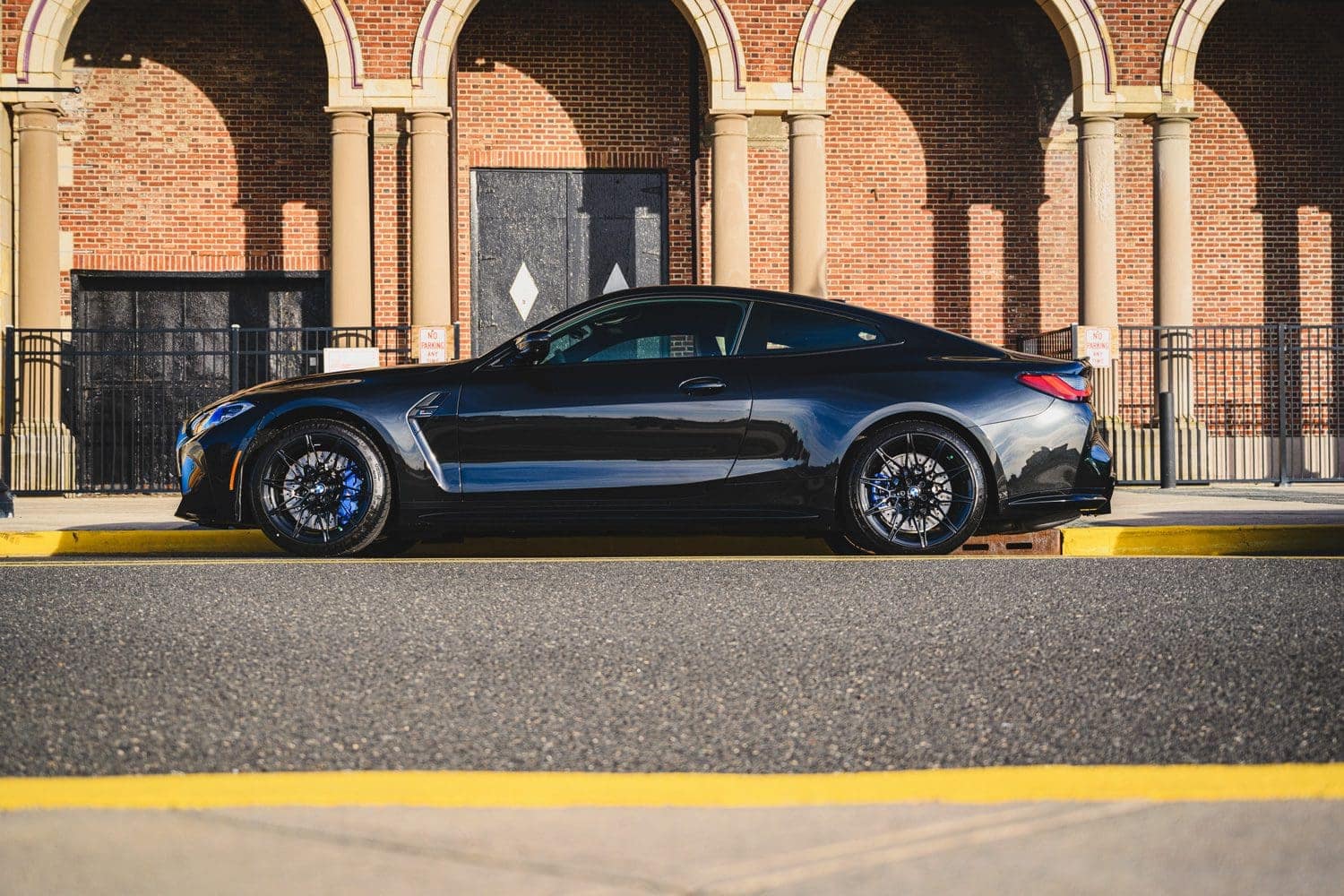
Technically, no. Black paint isn’t prone to swirls or chips any more than another car. We tend to see imperfections more in darker cars because the clear coat turns “white” where the mark is.
It’s important to properly wash your car, never take it to an automatic car wash, and apply some sort of protection on it, even if it’s just basic wax.
Speaking of, applying wax will hide many of those imperfections because they fill in all the tiny little grooves left behind from swirl marks. It’s a temporary fix but will work for a car show display.
Finally, it’s okay to correct your paint if needed. You don’t need to do it every time you wash your car, but like medicine, do it on as as-needed basis.
If the rock chips will keep you up at night Rick, then spend the money and get PPF applied – it won’t hurt the car at all. Just don’t expect it to protect your financial investment any more than a car without one.
Frequently Asked Questions
But won't PPF increase my car's resale value?
Cars with PPF are not worth any more than a car without, and you can look at the BMW M3 example I reference in the article.
Rock chips and small marks on almost any car are to be expected, and anyone buying a used car is expecting to find them. If the car is accident-free, has complete maintenance records, has a one or two-owner history, and is in excellent overall cosmetic shape, it isn’t worth less because another car in the same condition has PPF on it.
Finding an apples to apples comparison on the used market is very difficult. Cars can have different equipment, colors and history, and will never be for sale at the same time. If someone wants your purple M3, they will buy it for market value. Otherwise, Classic.com would have a separate “with PPF” tab.
When does it make sense to get PPF?
There are exceptions to every rule, and in some instances where you might feel the need to keep the paint original, paint protection film might make sense.
For instance, a Ferrari F40 that is in immaculate condition would benefit, both from a protection and monetary value standpoint. If that F40 is worth $3 million dollars, then the $7,000 investment to add the film is negligible.
PPF should not cost significantly more to install for one car vs another – if someone says that the F40 install is going to cost you $25,000, I’d look to another shop.
Is ceramic coating a better investment than PPF?
Yes. Ceramic coating is much less expensive, and can easily be applied yourself if so desired. If not, purchasing a product and having a professional detailer coat your car will cost less than $1,000.
Something I like to use is AMMO NYC’s Reflex Pro coating. It’s safe and easy to apply, and lasts for up to one year, providing protection against UV rays, harsh weather, and water spots. If you apply that, it’s easy to add a spray-on ceramic coating like REFLEX TOP COAT after every wash. Utilizing products like this will protect your paint and keep it looking flawless.

